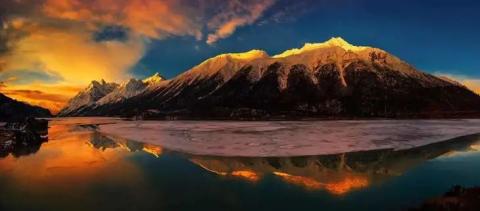
Four
♪
Tibet trip XI ZANG XING
Because it is a high altitude area and the distance is long ,
Therefore, I had doubts about whether I could go to Tibet and see it in this lifetime.

Nanyigou

Stone pot fish and Tibetan pig

Xiuba Castle

Yamdrok Yumco

Carla Manor

polluted Tibet


